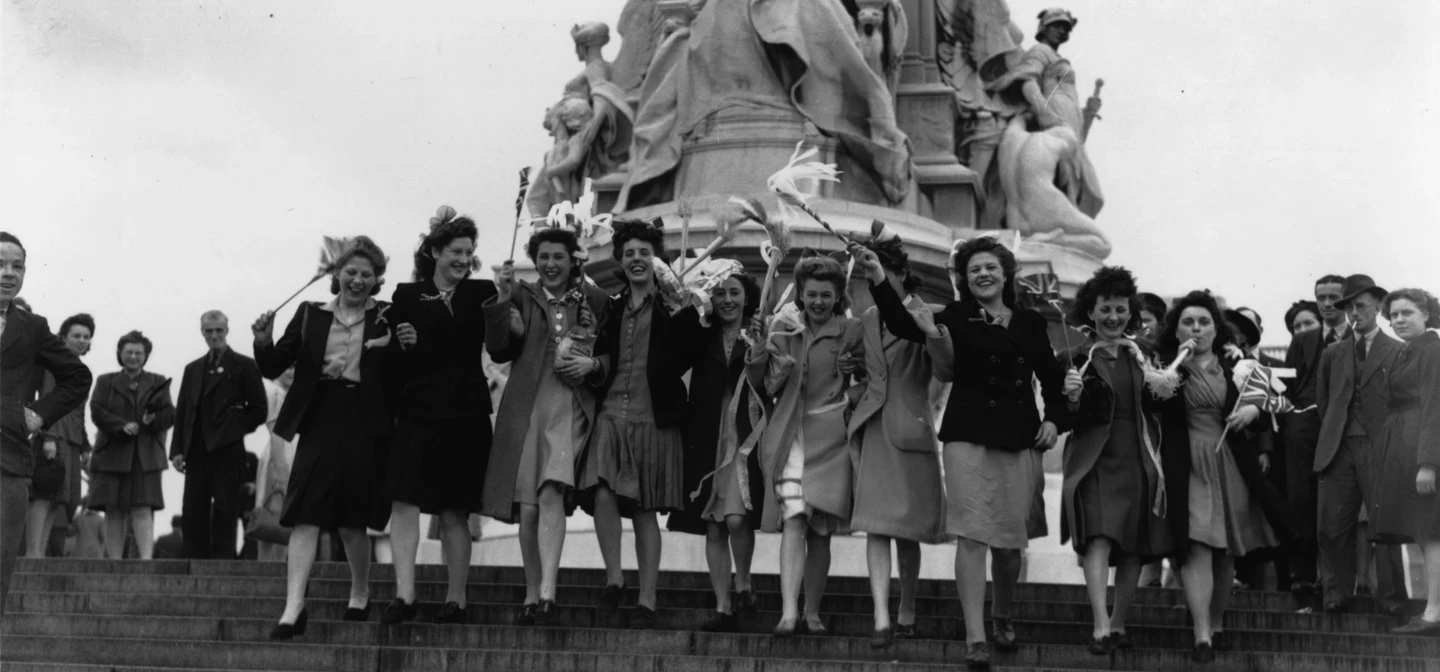
VE Day at The Royal Parks
Even after eighty years, we are still familiar with images of jubilant crowds packed on to the Mall and surrounding Buckingham Palace to celebrate the end of the Second World War in Europe. On 8 May 1945, they clamoured for a sight of the Royal Family and words of inspiration from Prime Minister Winston Churchill.
The cheers of 500,000 revellers in the streets that day – and night – have echoed through the eras that followed, along with George VI’s praise for London and the nation as ‘war-battered but never for one moment daunted or dismayed’.
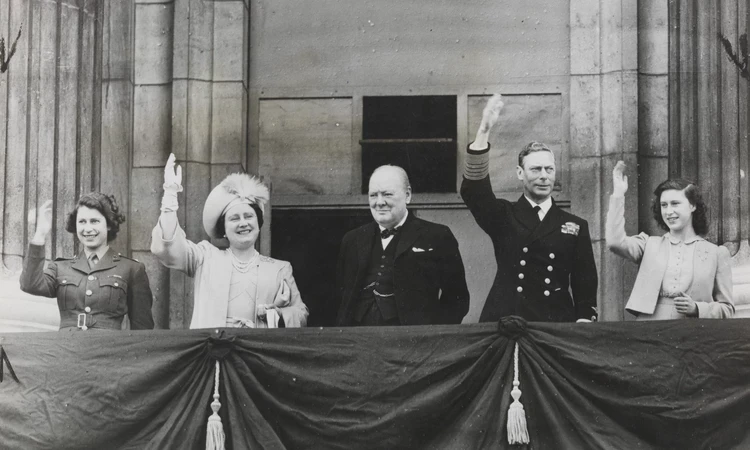
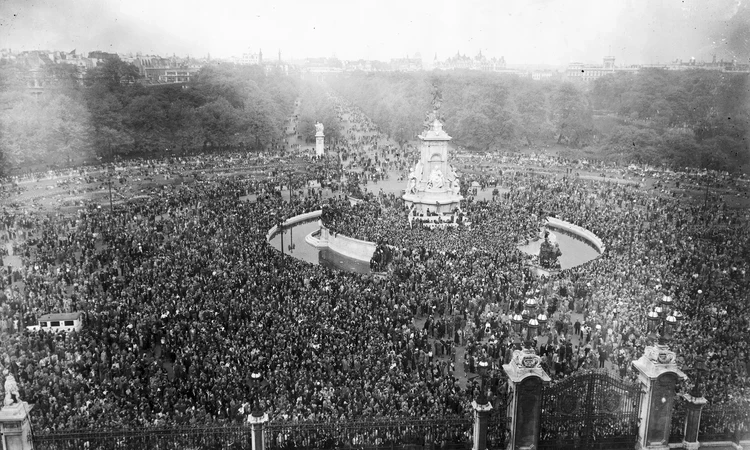
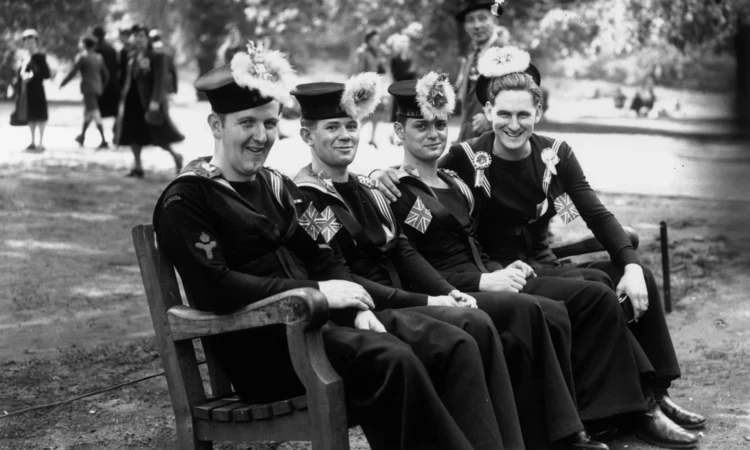
The King’s daughter, 19-year-old Princess Elizabeth (later Queen Elizabeth II), was famously allowed to sneak out and join the celebrations – an experience she later described as ‘one of the most memorable nights of my life’. She would have seen flag-waving revellers filling the Royal Parks, as men in uniform popped champagne corks and women with victory-rolls danced in the streets.
Churchill’s speech that night paid tribute to ‘every man, woman and child in the country [who] had no thought of quitting the struggle. London can take it’. And the Royal Parks at the heart of the capital, as so often in Britain’s history, formed the backdrop to momentous events of national and international importance.
However, you might be less aware of the valuable and sometimes intriguing role played by our parks during the Second World War, and just how vital one particular site was in helping to secure Allied victory.
From ornament to use
On the very first day of Britain’s entry into the war, 3 September 1939, members of the public had to retreat to air raid shelters constructed in St. James’s Park when the inaugural warning sirens sounded. Hyde and Greenwich Parks also provided sanctuary, the latter offering four shelters that could house up to 500 people.
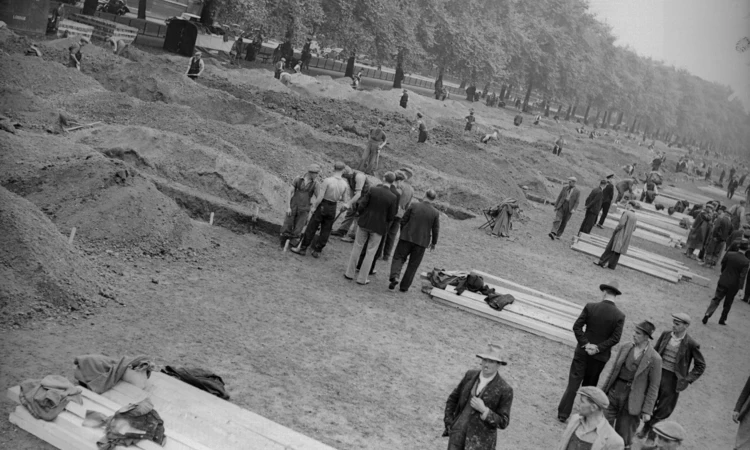
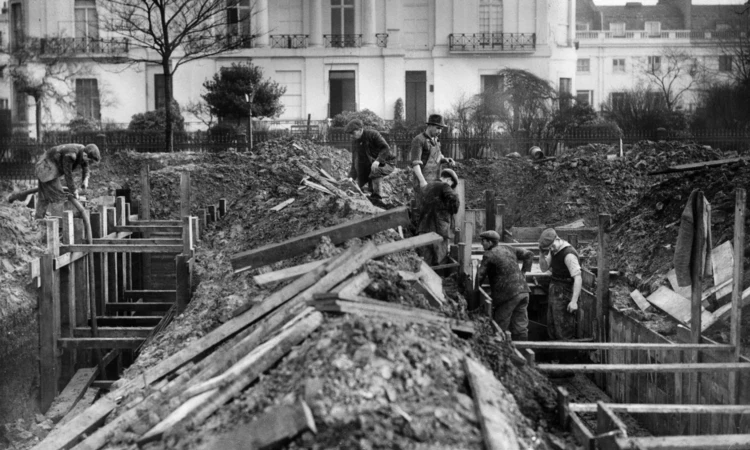
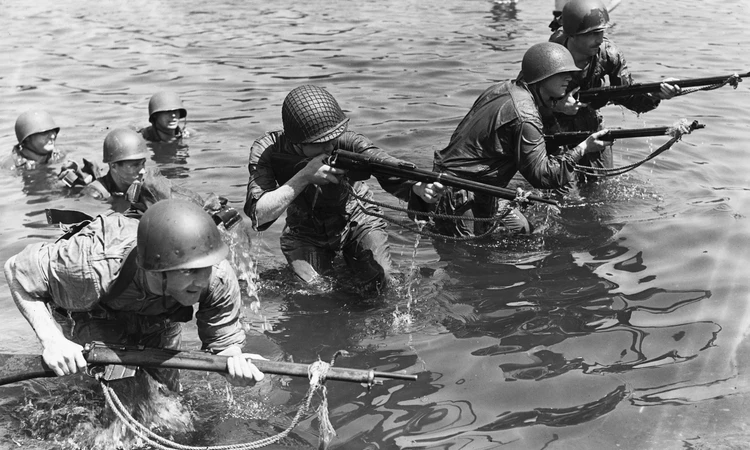
The war made for some strange sights as the parks became places of utility rather than beauty: anti-aircraft guns were set up in the Flower Garden at Greenwich, requiring some of the tree-tops to be shorn, and military encampments littered The Regent’s Park’s formerly ornate landscape to house personnel.
Following the devastation of the Blitz in 1940-1, gun emplacements stretched along the vast western expanse of Hyde Park now known as the Parade Ground; they included 64 rocket launchers.
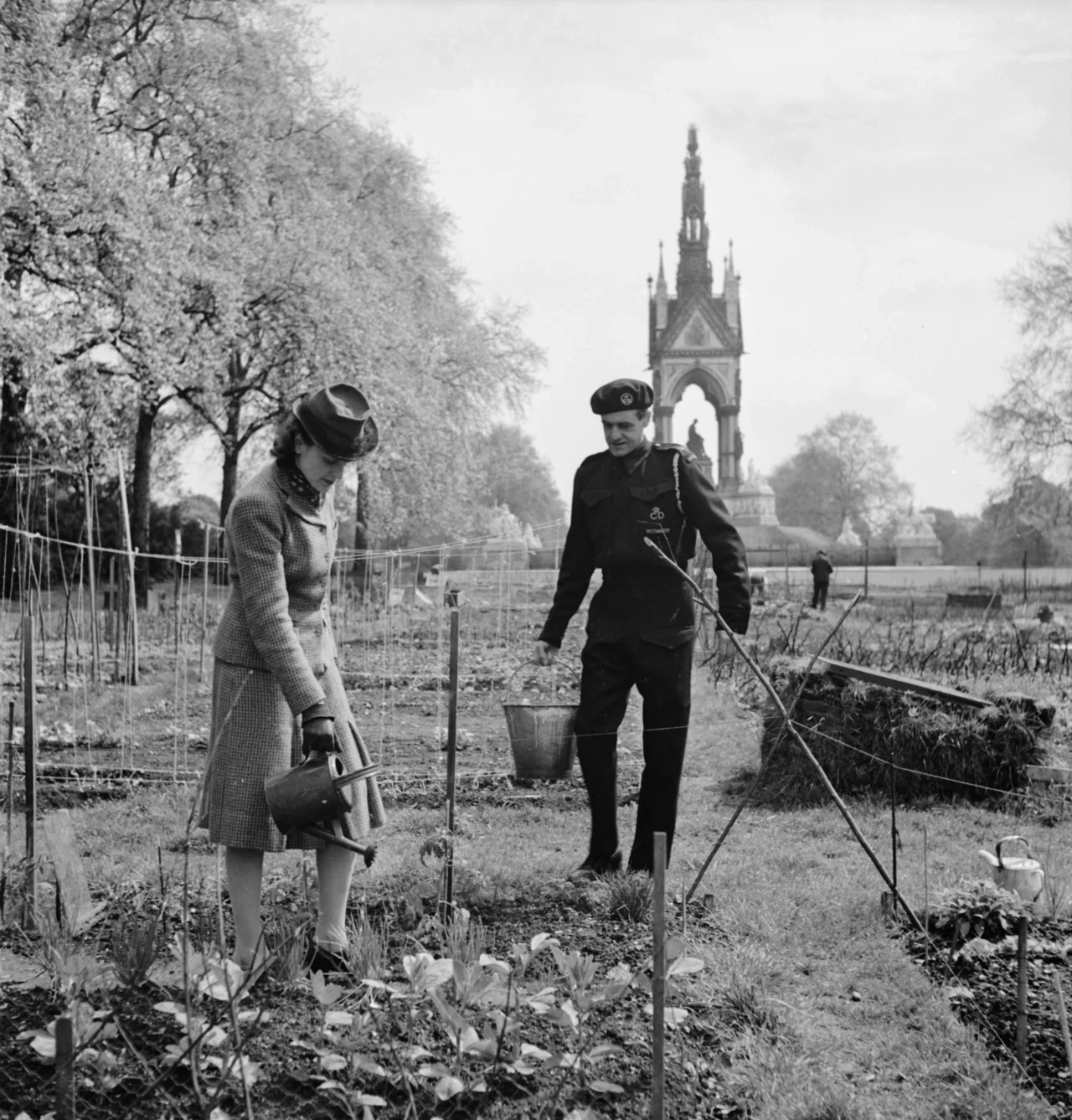
Land was also set aside in Hyde Park to grow vegetables as part of Britain’s ‘Dig for Victory’ campaign, designed to counter dwindling food imports from overseas. These new allotments were tended by a team of female gardeners who had taken over when the male staff signed up to serve. There were allotments in Greenwich Park and Kensington Gardens too.
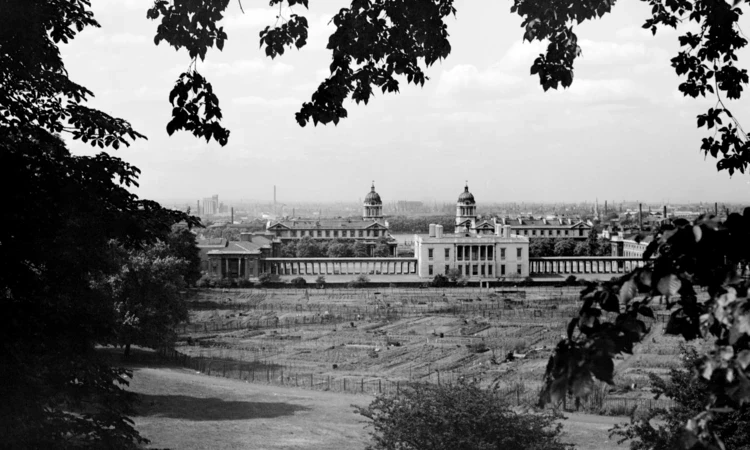
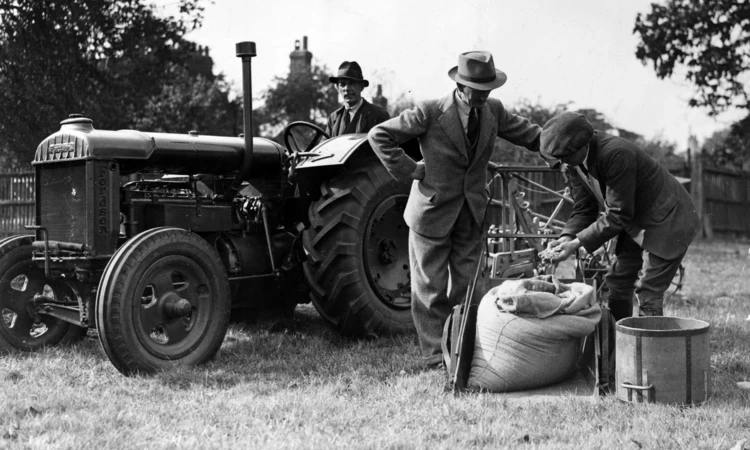
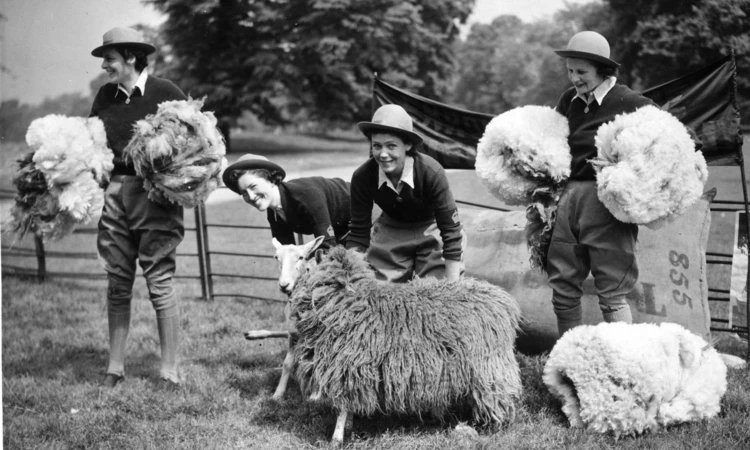
However, the parks also served more sophisticated purposes. From 1939 onwards Hyde Park hosted civil and military defence parades in front of MPs, huge crowds and rolling cameras. The displays of the latest equipment and demonstrations by Air Raid Precautions (ARP) workers, with as many as 6,000 personnel addressed by Churchill, were useful propaganda.
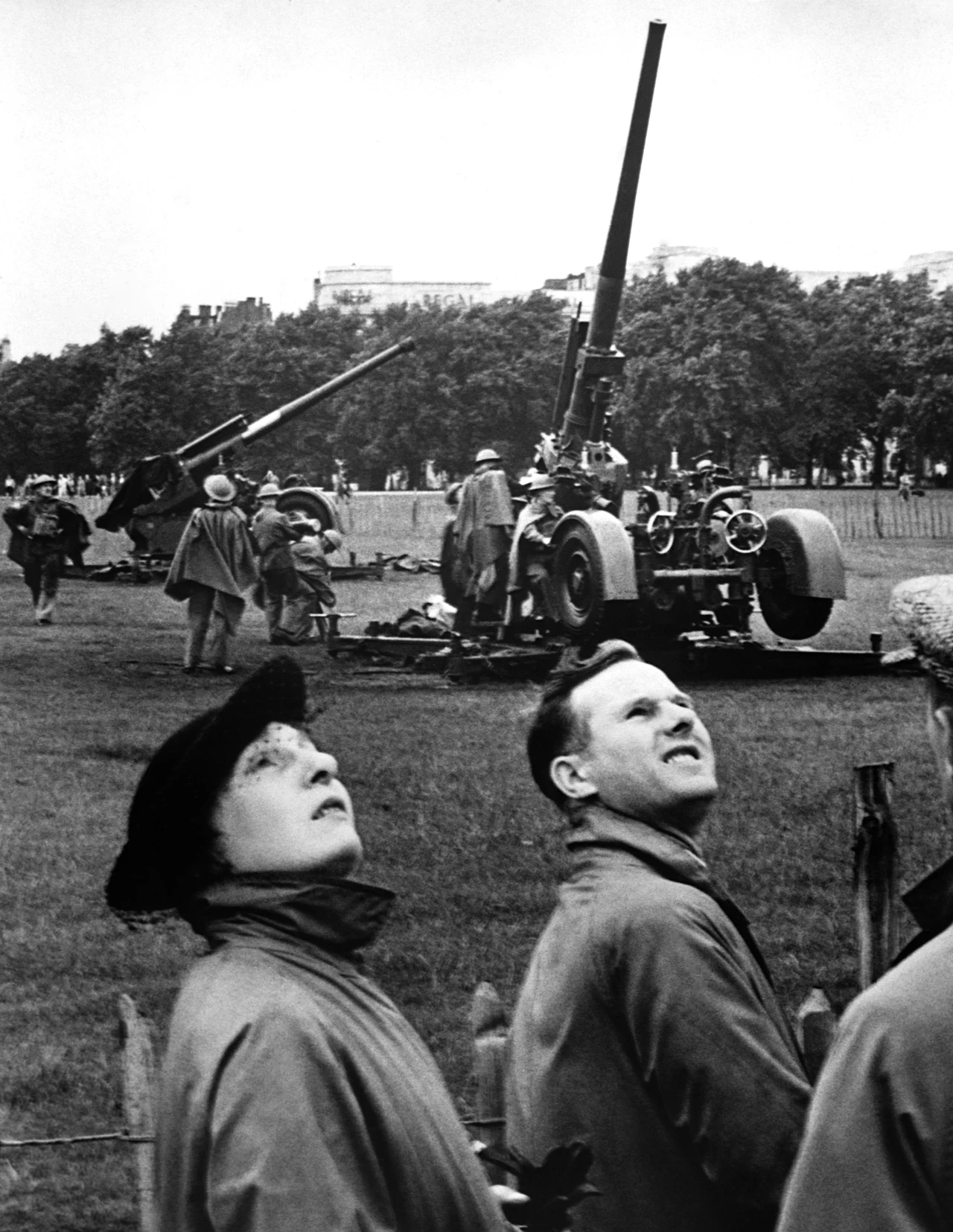
On the other hand, there were decidedly more secretive undertakings elsewhere, including at Richmond Park on the outskirts of London. There, in a large Georgian house called Pembroke Lodge, a group known as the ‘Phantom Squad’ was based. Formally called the GHQ Liaison Regiment, this special reconnaissance unit was tasked with providing precise real-time details of Allied and enemy positions as battle raged. Yet none of these activities was more vital or more covert than the goings-on at Bushy Park – perhaps the unsung hero of the Royal Parks during this time.
The path to victory at Bushy Park
To see the deer grazing peacefully at Bushy Park today, it’s hard to imagine this area once being home to almost 8,000 US troops during the Second World War. In 1942 Camp Griffiss was established in the north-east corner of the park; it was named after Lieutenant Colonel Townsend Griffiss, the first American officer to die in Europe during the conflict.
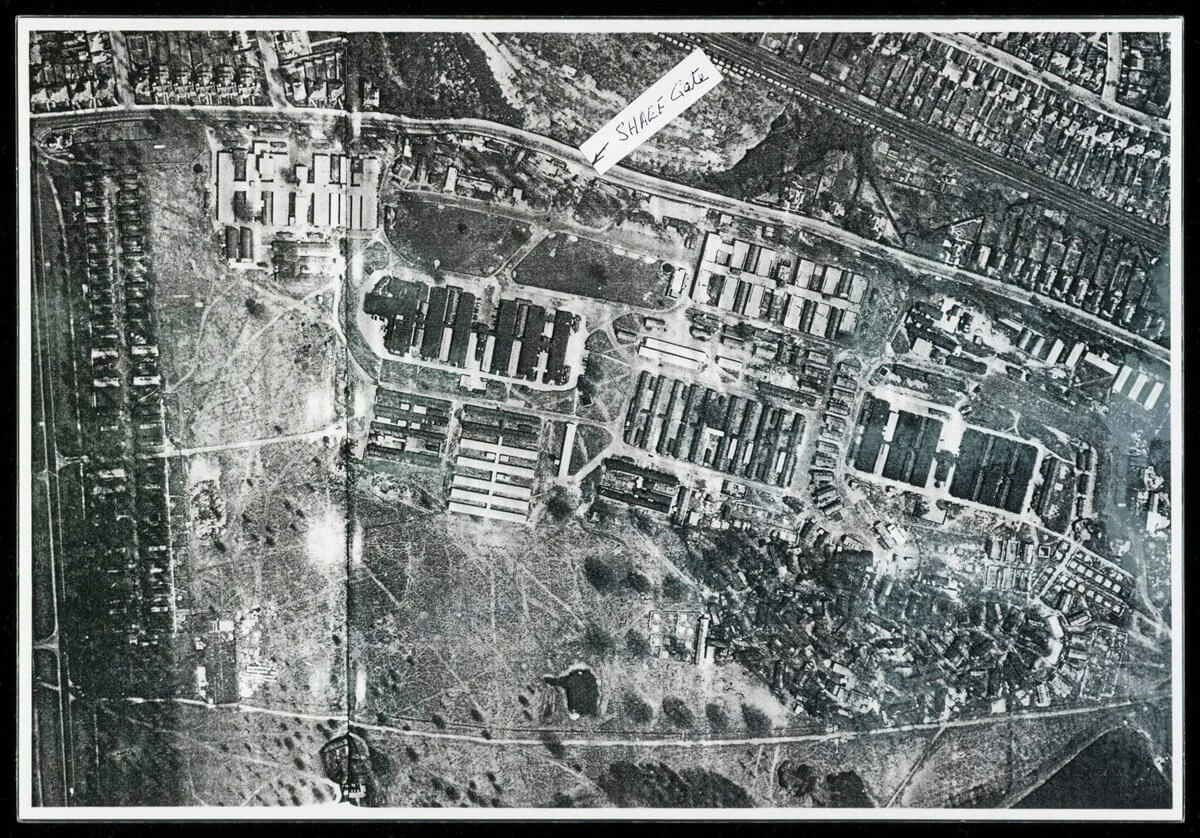
There were sports pitches and even a cinema here for entertainment. The National Physical Laboratory, whose work had led to the development of the pioneering Spitfire plane, was also based at Bushy and made important advances in aerodynamics and marine technology throughout the war.
It wasn’t until 1944, however, that Bushy played a crucial part in bringing the war to an end. In February General Dwight D. Eisenhower moved the Supreme Headquarters of the Allied Expeditionary Forces (SHAEF) to the park, taking over some of Camp Griffiss. This is where the initial planning of Operation Overlord took place – the top-secret mission to invade the European mainland that launched on D-Day, 6 June 1944.
To find out more about the site, and the role it played in this decisive turning point in the conflict, explore our digital exhibition Operation Bushy Park: Plotting D-Day in a Royal Park.
The remains of those days
Although the air raid shelters are sunk underground and the defences long gone, there are still traces of our wartime history in the Royal Parks. Even decades later, artefacts from the war are still being found: in 2018 a large unexploded bomb was discovered in Hyde Park’s Serpentine lake, while a recent archaeological dig at Greenwich Park uncovered not only a lost air raid shelter but a tiny lead soldier that had been left inside.

The legacy of the Second World War is also formally marked in our parks through powerful and poignant memorials. Most recently, the RAF Bomber Command Memorial was installed in Green Park in 2012, commemorating more than 52,000 aircrew from Commonwealth and European Allied nations who died in the war. This tribute joins the Canada Memorial and Memorial Gates in Green Park, the Norwegian War Memorial and Holocaust Memorial in Hyde Park and the plaques that mark the site of Camp Griffiss in Bushy Park as moving reminders of the shared sacrifice made in the Second World War.
These physical sites of remembrance also call to mind the important role played by the central Royal Parks in commemorative events for the public over several centuries. On 10 June 1945 a farewell parade was held in Hyde Park for Civil Defence Workers who could now stand down, including police, firemen and wardens. They were addressed by the King, who proudly told them that ‘Your path of duty has been the way to glory’.
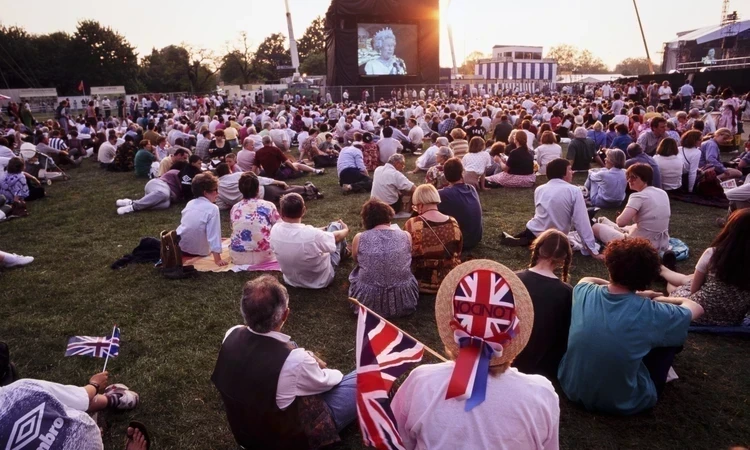
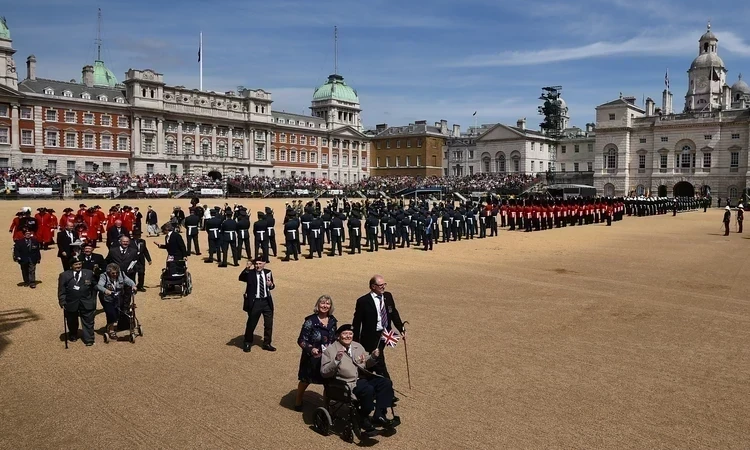
Since the end of the Second World War, VE Day has also been commemorated in the parks. At St. James’s Park, national celebrations have marked key anniversaries of the conflict’s end, with parades along The Mall where victory was so memorably celebrated. Crowds have filled the streets to salute the surviving veterans, who dwindle in number with each passing milestone.
In 2025, St. James’ Park will host these national celebrations once again, as the 80th anniversary of VE Day is marked with a parade along The Mall and a commemorative concert on Horse Guards Parade, attended by veterans.
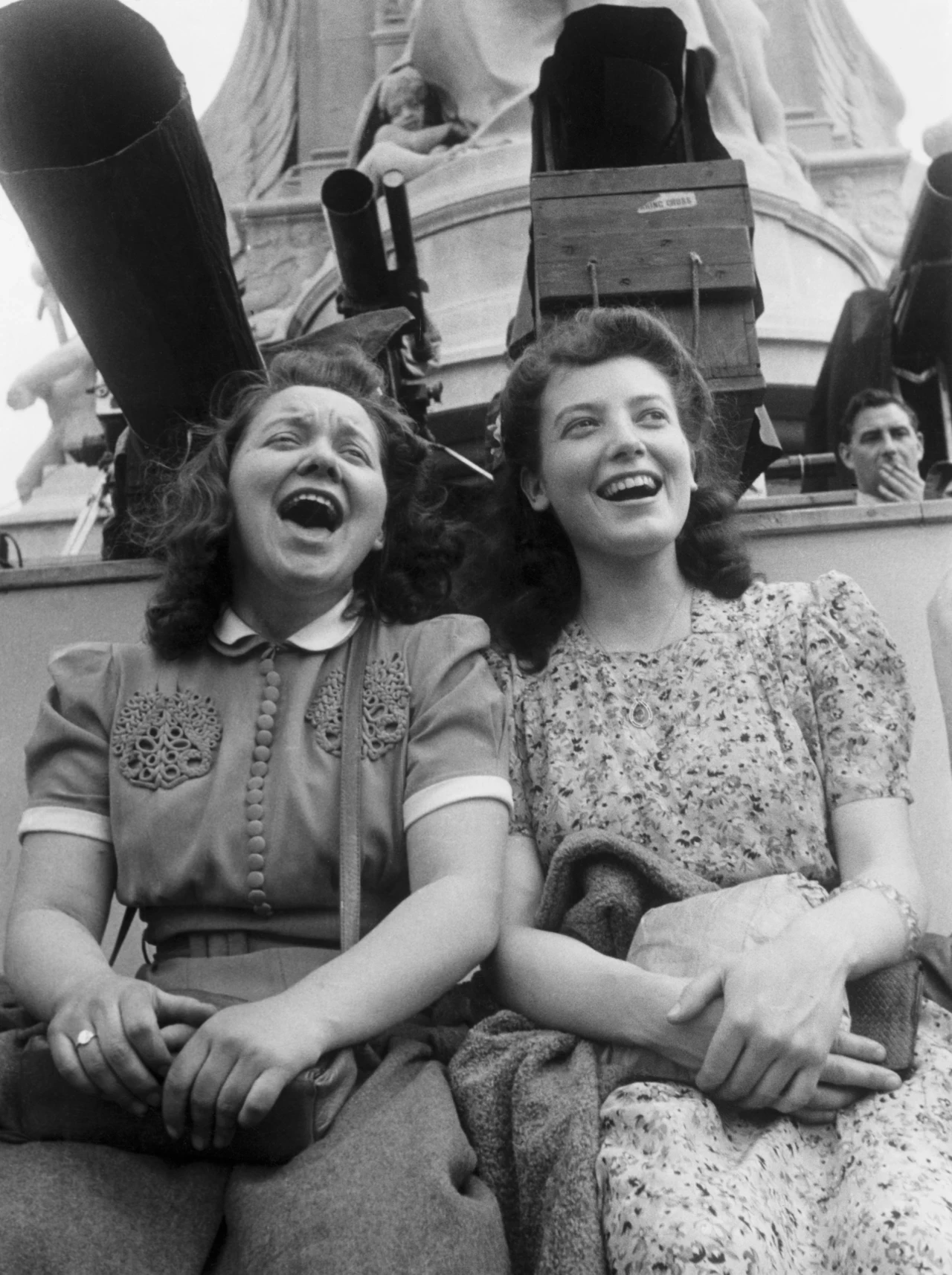
As we look back on the famous photos of those revellers in 1945, their faces etched with joy and relief, the nation remembers the importance of the sacrifices made by so many in the name of freedom.
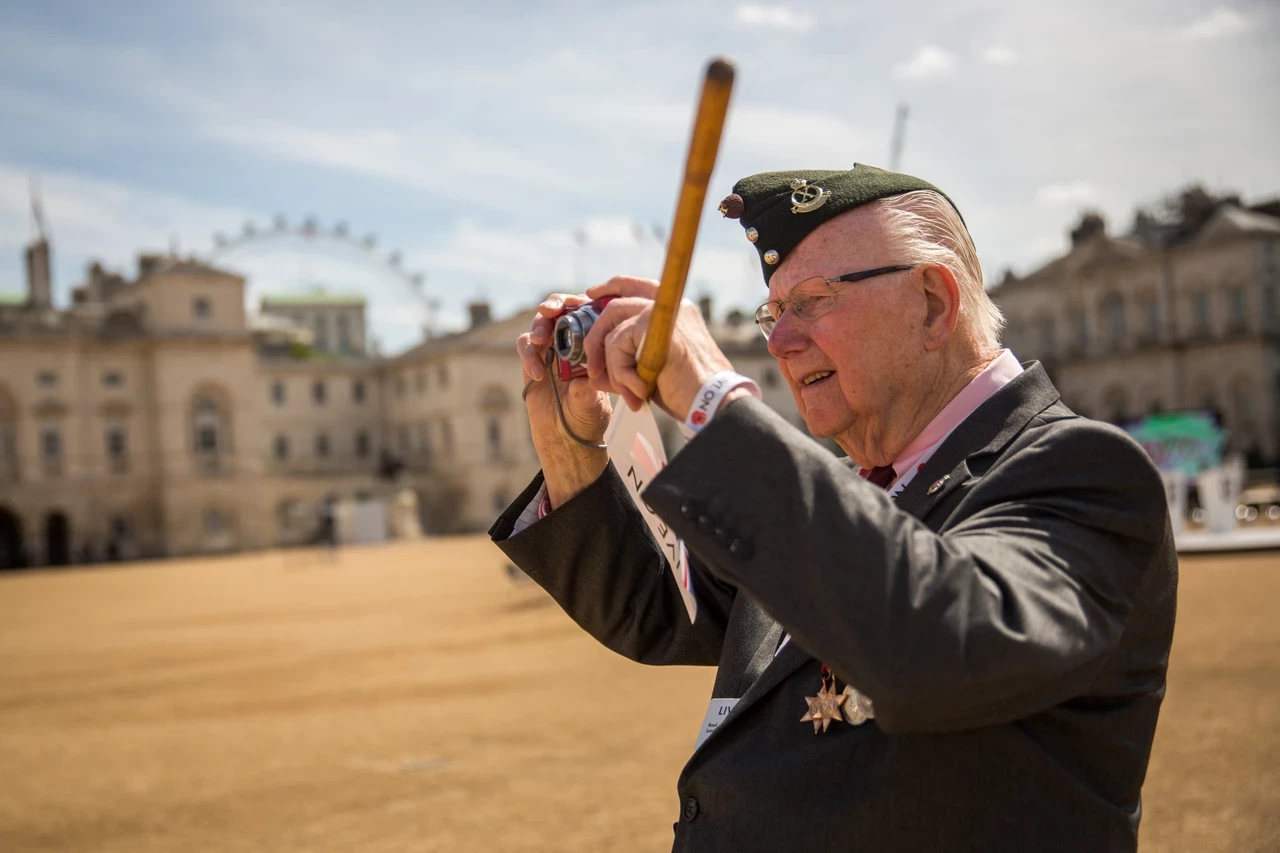
Related Articles
-
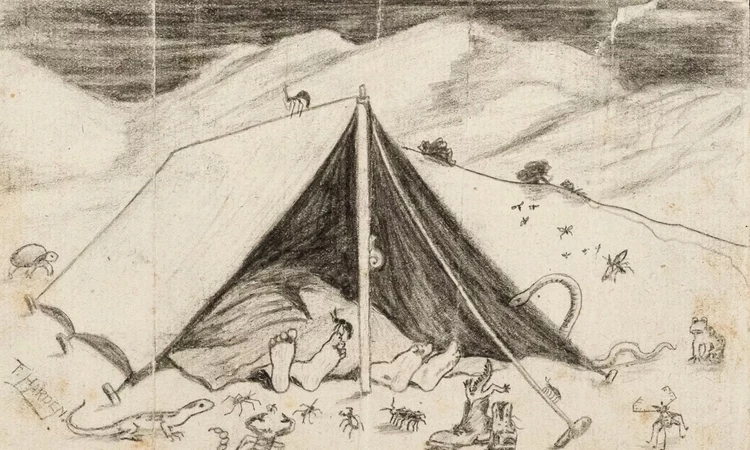 Read
ReadHori and Nature
Hori's reflections on nature amid the backdrop of WWI.
-
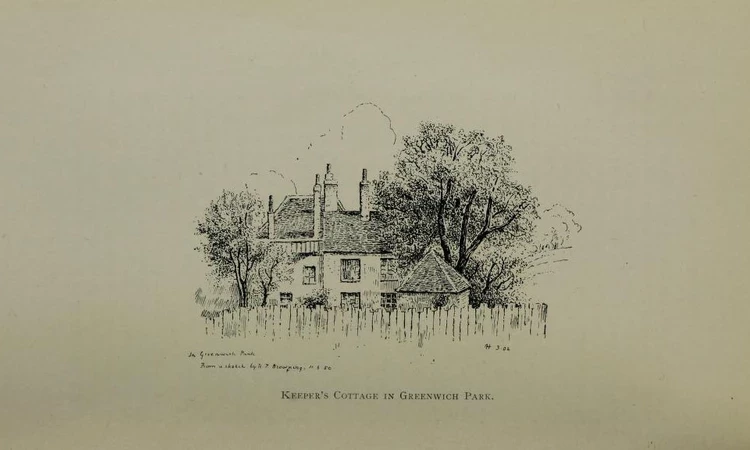 Read
ReadOld Keeper's Cottage
Near Queen Elizabeth’s Oak in Greenwich Park, the remnants of a lost park building can just be seen.
-
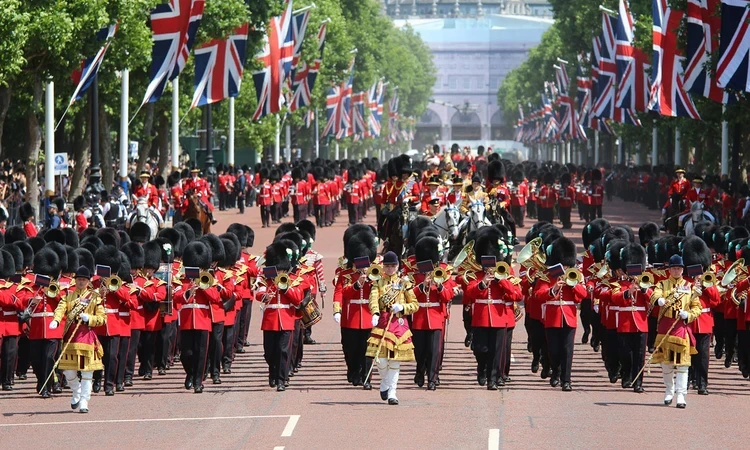 Read
ReadThe Royal Parks in photos - June
We look back at June in the Royal Parks through some of the best photos, past and present.